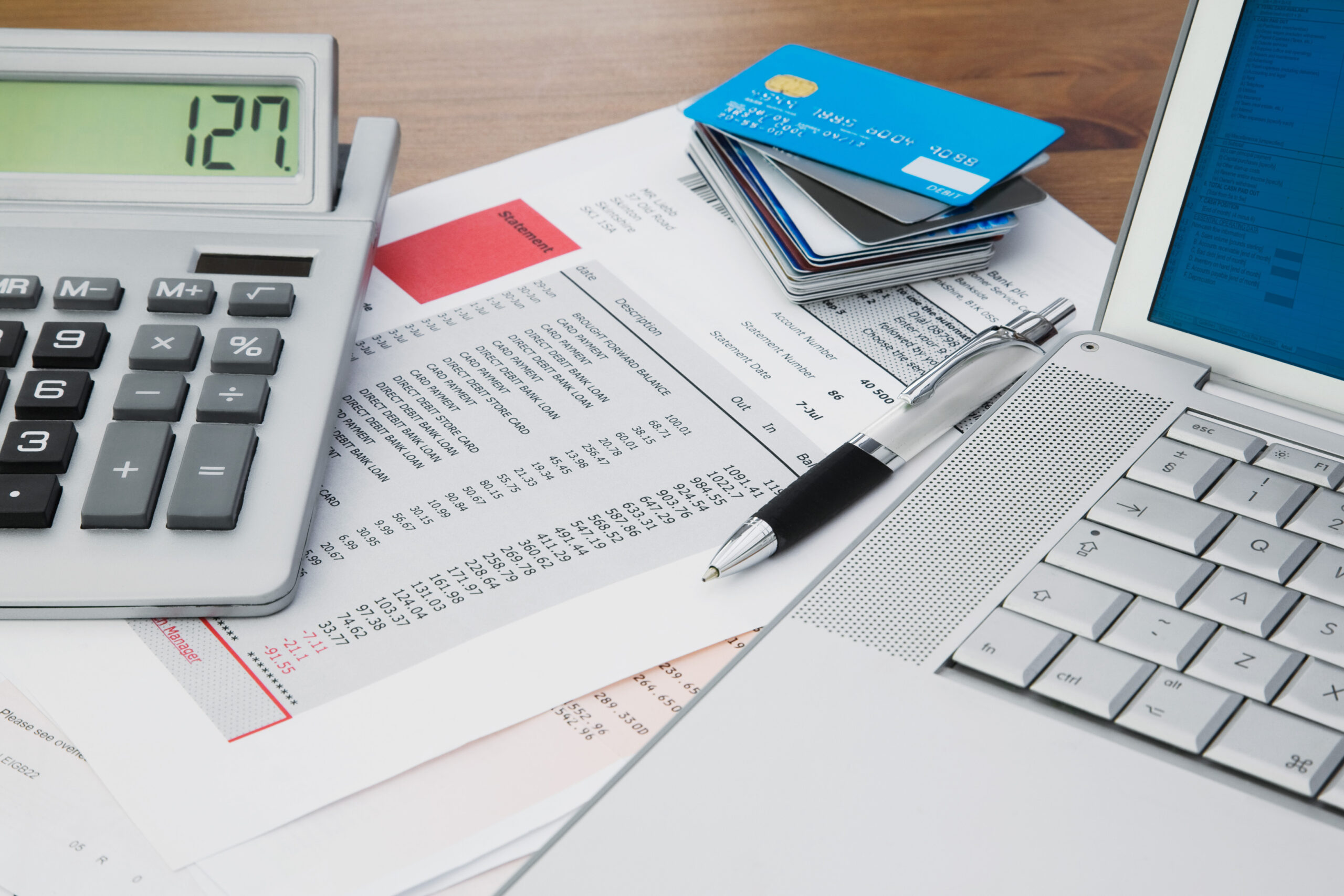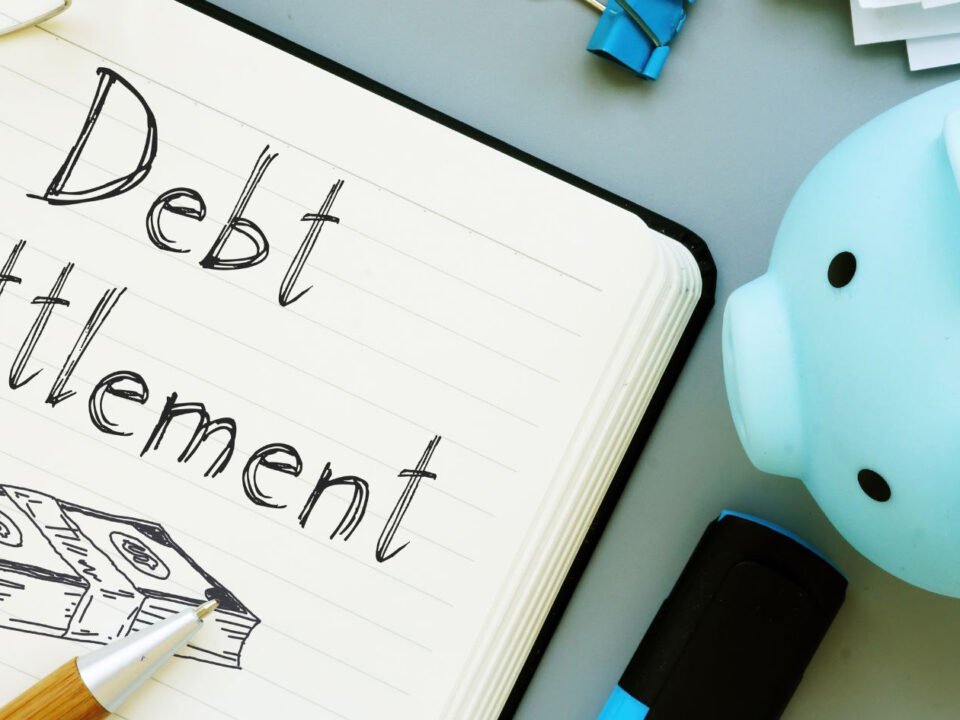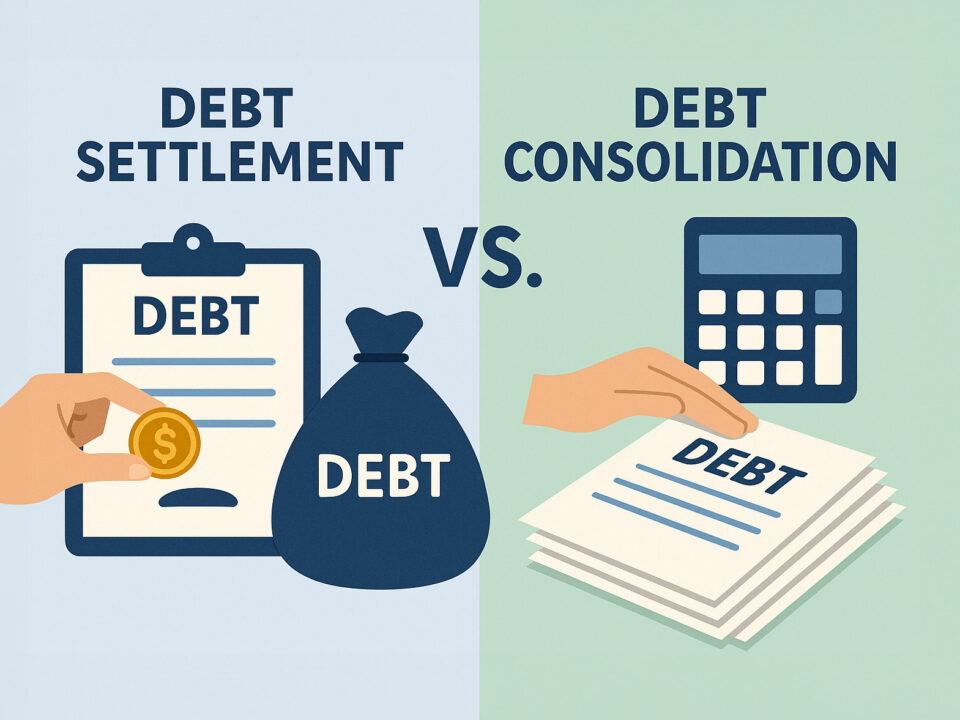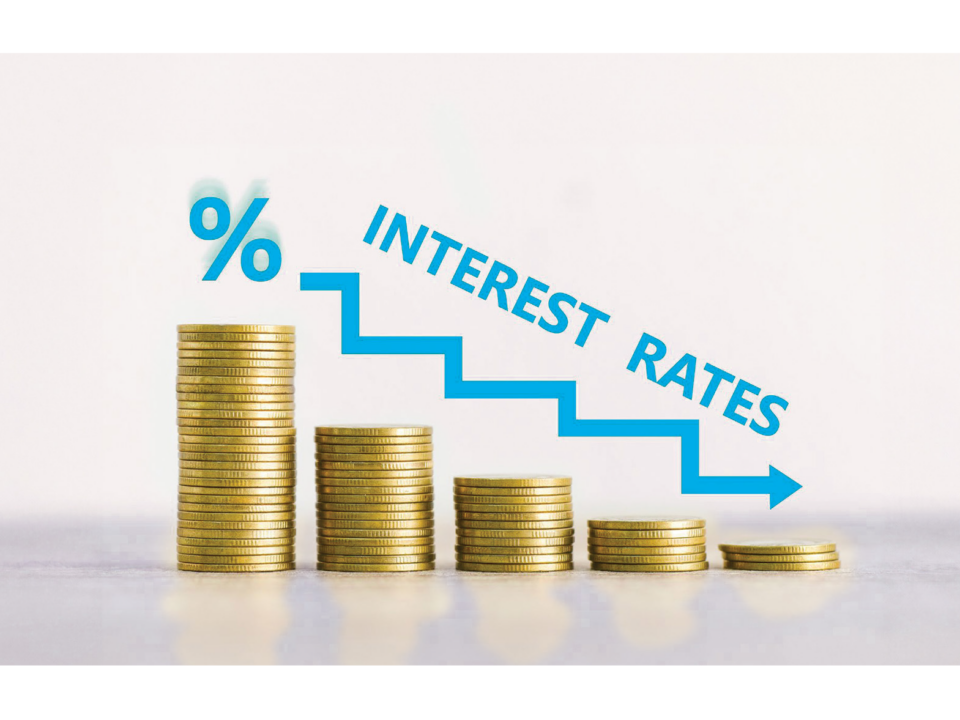
Credit cards have long been a standard payment option for Americans. Back in 2020, 79% of consumers in the US had at least one credit card. That’s equivalent to hundreds of millions of people using cards for their transactions.
Of course, there’s no denying the convenience that credit cards offer, but with the many benefits comes a huge responsibility. If you’re a new cardholder, one of the first things you should familiarize yourself with is how to compute the minimum payment on a credit card. The minimum payment may be one of the most attractive things about a credit card, but it can also be the trickiest.
So to help you out, here’s a guide outlining how the credit card minimum payment works and how you can compute for yours. Understanding this will allow you to work out a proper plan to pay off your credit and manage debt responsibly.
Need help? Try checking online calculators that are of interest to you.
Credit Card Minimum Payment Calculator
What is a Credit Card Minimum Payment?
While there’s a lot to learn about credit cards, the minimum payment is one of the most important terms and conditions you should understand to pay off your credit responsibly. It’s essentially the lowest amount that you can pay towards your balance each month to avoid late fees or charges.
This policy gives leeway for those who may not be able to pay back their debt immediately. But take note—since you’re paying less than your full balance, you accrue interest. Thus, it’s always a good idea to assess your financial position before deciding how much to pay back per month.
To know how much your credit card minimum payment is, you should find this in your monthly statement balance. As you’ll see below, credit card issuers have different ways of computing the minimum payment, so it’s important to check each company’s policy before committing to a particular card.
Credit CARD Act of 2009
If you’ve been a cardholder for some time now, you’re probably already familiar with minimum payments since you always see these in your statements. This rule was actually imposed by the Credit Card Accountability Responsibility and Disclosure (CARD) Act, which the federal government passed in 2009 to protect consumers from unfair terms and conditions.
Aside from indicating the minimum payment, the law also requires credit card issuers to include a minimum payment warning in each statement, disclosing the following:
- How long it’ll take and how much it’ll cost to repay your balance if you make only the minimum payment (including accrued interest)
- An estimate of how much you should pay to repay your balance in three years
- A toll-free number to get information on credit counseling and debt management services
How Credit Card Issuers Compute the Minimum Payment
Minimum payment policies vary by credit card issuer, but it’s generally computed based on your current card balance and interest rate, so the amount can change every month. Here are the three main ways in which the minimum payment is calculated:
- Flat Rate. Many card companies set the minimum payment at a fixed amount, as long as your balance doesn’t exceed a specific threshold. The flat rate can range from $20 to $35 depending on the issuer, but if your statement balance is less than this amount, your whole balance will serve as the minimum payment. In short, you’ll need to repay your balance fully.
- Flat Percentage of Balance. Other companies may opt to charge a flat percentage—usually 1-3%—of your statement balance as the minimum payment. With this policy, the minimum will be variable based on the size of your balance.
- Percentage of Balance and Interest or Fees. Under this policy, issuers will charge a lower percentage—around 1%—of your balance plus interest and fees accrued in the billing cycle. There can be many variations for each company, but the gist is you pay a percentage of the current balance plus some interest or extra fees.
While card companies indicate the minimum payment in your monthly statement, it’s also helpful to be proactive and learn how to compute for yours. This way, you won’t be surprised when your statement comes. At the same time, you can prepare beforehand and check to make sure that you’re able to pay at least the minimum by the deadline.
Minimum Payment from Major Credit Card Issuers
To help you understand how minimum payments work in real life, here are the policies from some of the major credit card companies:
- Bank of America. The Bank of America charges whichever is greater between: a flat rate of $35 or 1% of your card balance plus new interest incurred and applicable late fees.
- Wells Fargo. Wells Fargo offers a similar policy, where it charges whichever is greater between a flat rate of $25 or 1% of your card balance plus interest, fees, and past-due amounts.
- American Express. The minimum payments for American Express are highly variable, depending on what type of card you have. So make sure to call up the company to inquire about your options.
- Capital One. Capital One has a policy similar to Wells Fargo’s. The minimum payment is the greater of the two: a flat rate of $25 or 1% of your card balance plus interest and applicable late fees.
Allocation of Credit Card Payments to Balance
If you’re weighing your options on how to repay your credit card debt, it may help to understand how companies apply payments to your balance.
In most cases, card debt is split into many types of balances—purchases, balance transfers, and cash advances. Each of these has different interest rates, so how your issuer handles your payments will affect your remaining debt.
According to the Credit CARD Act, the general rules are as follows:
- Minimum Payment: The minimum payment can go toward any balance that your issuer chooses. In most cases, credit card companies would apply this to the balance with the lowest interest. This explains why your interest expenses often add up quickly if you’re only paying the minimum each month.
- Excess Payment: Excess payments refer to any payment made above the minimum amount. These should be applied to the balance with the highest annual percentage rate (APR). Any remaining amount should then be applied to your other balances in descending order, starting with the second-highest APR balance and so on.
Paying the Minimum vs. Balance on a Credit Card
One question many card owners have is whether they can pay only the minimum for their credit card each month. Strictly speaking, there’s nothing wrong with doing this. In fact, the minimum payment policy exists for the very reason that you can pay only as little as that amount for each billing cycle. However, it’s important to understand the trade-offs of this decision.
Paying the Minimum
If you pay only the minimum each month, you ultimately have to pay more in the long run due to all the accrued interest accumulated over time. Think about it this way—every time you pay the minimum, you’re leaving a certain amount in your statement balance to accrue interest. Then, as you continue using your card for purchases, you add to your balance and end up incurring interest on your interest.
Additionally, whenever you pay the minimum amount, only a small part of the payment goes toward your balance since the rest goes to your interest and fees. And if you’re familiar with credit cards, you’d know that most come with high interest. Thus, paying only the minimum will cost you more interest and prolong your debt for a long time.
Paying the Balance in Full
In contrast, paying your balance in full may sound heavy, but it’s actually better in the long run since it helps you avoid high interest charges. There’s also the more obvious benefit that you lessen the risk of biting off more than you can chew with your debt. As easy as it may be to swipe a credit card for transactions, the ensuing debt can be hard to manage.
Aside from this, repaying your balance fully also allows you to lower your credit utilization rate, effectively boosting your credit score. Credit utilization refers to the ratio of your outstanding balance and total credit limit, which gives insight into your financial health. The lower the ratio, the better—but generally, single-digit ratios are preferable to 0% since you still need to show that you’re using your card.
Bottom Line
The bottomline is that repaying your balance fully helps you reduce risk and maintain healthy financial habits in the long run. If you can’t repay the balance in full, try to pay more than the minimum—to the extent that you can. But if you’re in a tight spot and can only really afford to pay the minimum now, try to limit your card spending and focus on paying off your credit first to prevent racking up a big debt.

We’ve helped many people, just like you! What we offer;
FAQs on Credit Card Minimum Payments
What happens if you miss a minimum payment or pay less than the minimum amount due on your card?
If you miss a minimum payment or pay less than the minimum amount due, your card issuer will charge you a late fee on your next bill. Some issuers may even increase the interest rate if you miss your payment for a certain duration, making it so important that you pay at least the minimum by the due date.
Will making only the minimum payment hurt your credit score?
Generally, as long as you’re paying your credit card due amounts in time, this will reflect positively on your credit report. So technically, paying only the minimum won’t hurt your credit score. However, it can affect your credit utilization since you’ll be left with high outstanding balances that can drive your ratio up and cost some points. Ideally, you should keep your ratio below 30% to maintain a good score or below 10% for an excellent score.
Do minimum payments apply to 0% APR cards?
You’ll still need to pay the minimum amount monthly on a 0% APR card. However, since you won’t be charged interest in the introductory period, you can have lower minimum payments if your issuer uses a flat percentage policy.
How can you lower your minimum payment?
Since minimum payment policies differ by company, you should check with your issuer first to see their rules on this. If you currently have a high outstanding balance and your minimum payment is based on a percentage, you can lower this by paying down your debt as much as you can. If possible, try to limit your spending in the meantime to reduce your outstanding balance.
Use Prudent Financial Solutions’ Calculator to Compute Your Credit Card Minimum Payment
Prudent Financial Solutions helps customers achieve their financial goals and work towards independence. To improve your card payment habits, you can use their credit card minimum payment calculator. After inputting your credit card balance and interest rate, you’ll see your minimum payment, as well as how long and how much it’ll cost to repay your balance.
Many cardholders don’t usually think about calculating their credit card minimum payment and just wait for their monthly statements to see it. However, learning how to compute the minimum payment on your credit card will ultimately allow you to take charge of your finances and build healthy habits. For more information on Prudent Financial Solutions, you can contact us at (877) 612-3246 or head over to our website to apply for a free financial analysis.
Hear from our clients what they think of us! Client Reviews.



